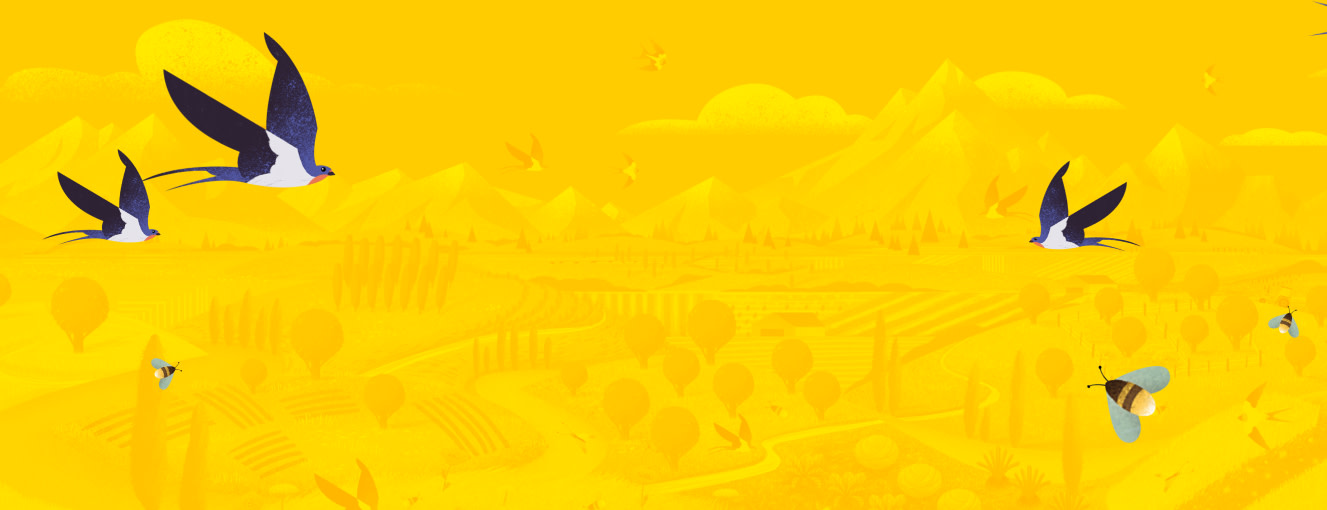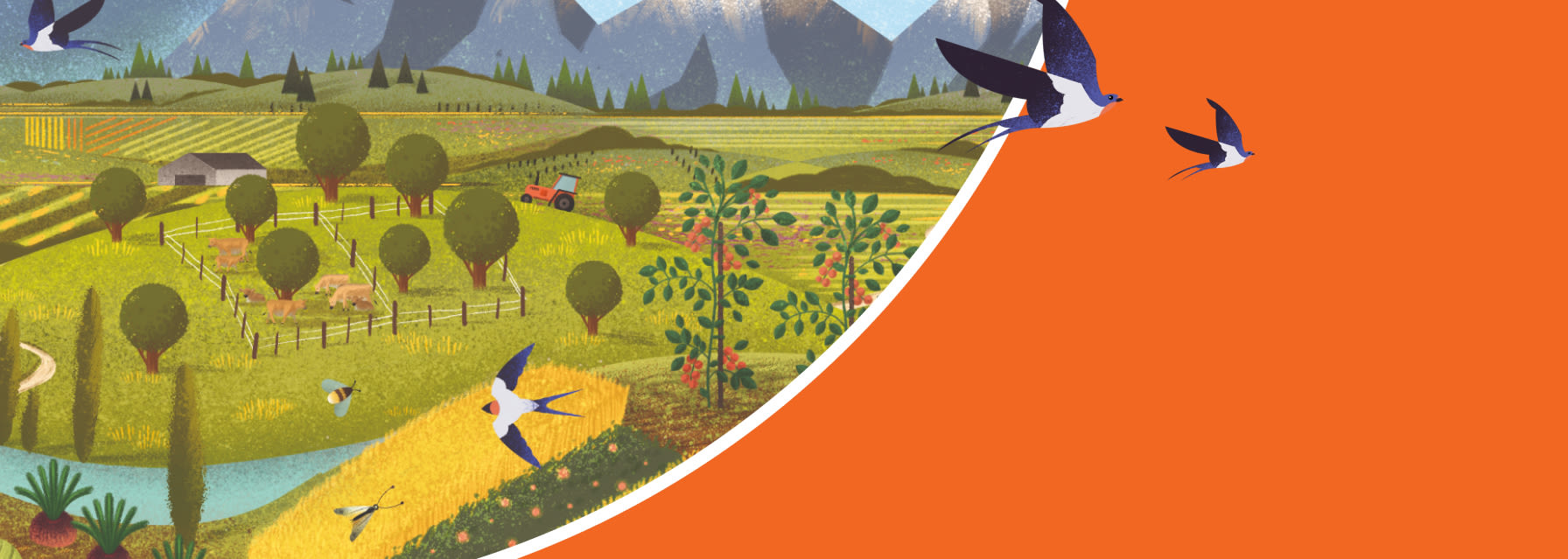The Challenge
What is the Big Food Redesign Challenge?
The Challenge aimed to catalyse and inspire the food industry to produce food that helps nature to thrive. By applying the principles of circular design, participants explored the potential of our food to regenerate nature, tackle biodiversity loss, and address climate change. The Challenge celebrated and showcased successful food products that were created using circular design principles.
What type of organisations joined the Challenge?
The Challenge was food businesses, large and small, and for retailers. You can view the participants here, as well as the Challenge partners, funders and collaborators.
I am a retailer, how can I get involved?
We’re always keen to explore relationships with new retailers. You can email us at food@ellenmacarthurfoundation.org. You can also hear from retailers in the Challenge here.
I am a farmer or producer, how can I get involved?
Food can be designed with nature in mind, and the Challenge sought to bring this ambition to life - a key element of which was creating closer dynamics with farmers and growers. Work to normalise food designed for nature to thrive will continue beyond this Challenge phase. Connect with the Food team at food@ellenmacarthurfoundation.org to find out more.
I am a food business, can I still get involved?
You can still apply the Circular Design for Food Framework as outlined in The big food redesign report. Also sign up to our mailing list via this link and receive regular updates as the Challenge progresses.
I am interested in the Challenge, can I stay updated?
You can sign up to our mailing list via this link and receive regular updates as the Challenge progresses.
What is the connection between the Big Food Redesign Challenge and Nature in mind?
Nature in mind identifies food products as having been designed in a way that supports nature to thrive.
Showcasing the products alongside this term aims to:
Build consumers understanding of opportunities to positively impact natural systems through food design
Set a direction for producers to deliver for nature
Make the right choice the easy choice
By giving consideration to nature when selecting the ingredients they use and how those ingredients are produced, food producers are taking steps towards improving the environmental impact of their products.*
*Based on an average environmental impact score across the group of products created as part of the Big Food Redesign Challenge compared to the food industry average. Individual product impact varies. Excludes packaging and transport. For more information see the Nature in Mind website.
Circular design for food, and a circular economy
What is circular design and how does it apply to food?
Food design shapes what we eat, which ingredients are grown, and how they’re produced. Design decisions impact the concept, taste, texture, price, nutritional status, and packaging. Circular design for food is about rethinking product concepts, ingredient selection and sourcing, and packaging and putting nature at the heart of these decisions. It’s about developing food products that regenerate nature, restore biodiversity, enhance soil health, and prevent waste. It can also help us tackle climate change and pollution.
How does food fit into the circular economy?
Circular design is the starting point for the circular economy, which is a system where products and materials are designed to be circulated, thereby eradicating waste and pollution and regenerating nature. It’s inspired by our natural world – in nature, there is no waste, everything is part of an interconnected cycle that constantly regenerates.
Food is part of this system. But we have disturbed its natural cycle. Industrial farming has turned agriculture into a leading source of greenhouse gas emissions and pollution. On top of this, we waste almost a third of the food we produce, while nearly 10% of the world’s population goes hungry.
Bringing food into the circular economy means we can restore nature’s cycle, which in turn helps biodiversity to flourish, and reduces greenhouse gas emissions and pollution.
Why is biodiversity so important?
When we talk about biodiversity, we’re referring to all the different plants and animals – including us humans – working together to maintain a healthy balance that supports life on our planet. In short, it’s fundamental to our existence. Biodiversity provides us with the food we eat, the water we drink, the air we breathe, the medicines we take, the materials we use to make stuff and many more things that are essential to making life possible and worth living.
How is our food system linked to climate change?
Our food system is responsible for a third of global greenhouse gas emissions. Over 70% of those emissions come from agriculture and how we use the land, with the rest coming from further down the supply chain, such as transportation, retail, waste management, processing etc. If we shift to regenerative agricultural production practices, eliminate food waste, and use lower-impact or upcycled ingredients, we could halve emissions from our food system by 2050.
What can we, as shoppers, do to help nature thrive?
We see a future where when you shop there are no bad choices. Sign up to our newsletter to receive updates on the Challenge and be the first to know when the products hit the shelves. In the meantime there are a few actions you can take:
whenever you can, choose products that use regeneratively-grown ingredients, that make use of by-products or ‘upcycled’ ingredients, or that use lesser-known varieties of grains, fruit and vegetables.
think about buying locally grown, seasonal produce if possible.
limit your food waste, from both packaging and leftovers – and recycle appropriately, you could even get a composter.
What are businesses currently doing to support nature?
Right now, not enough – that’s why we initiated the Big Food Redesign Challenge, to inspire them to develop foods that support nature to thrive. On a smaller scale, we are seeing more companies source ingredients from regenerative farm systems – which help support biodiversity – as well as looking at using by-products from other industries as ingredients and switching their packaging away from plastic to biodegradable materials. We hope this Challenge inspired the wider food industry to develop ambitious action plans that place nature at the heart of food product design.

Want to stay up to date?
Subscribe to our newsletter to receive news from across the Ellen MacArthur Foundation, including the latest updates on our work in food.


